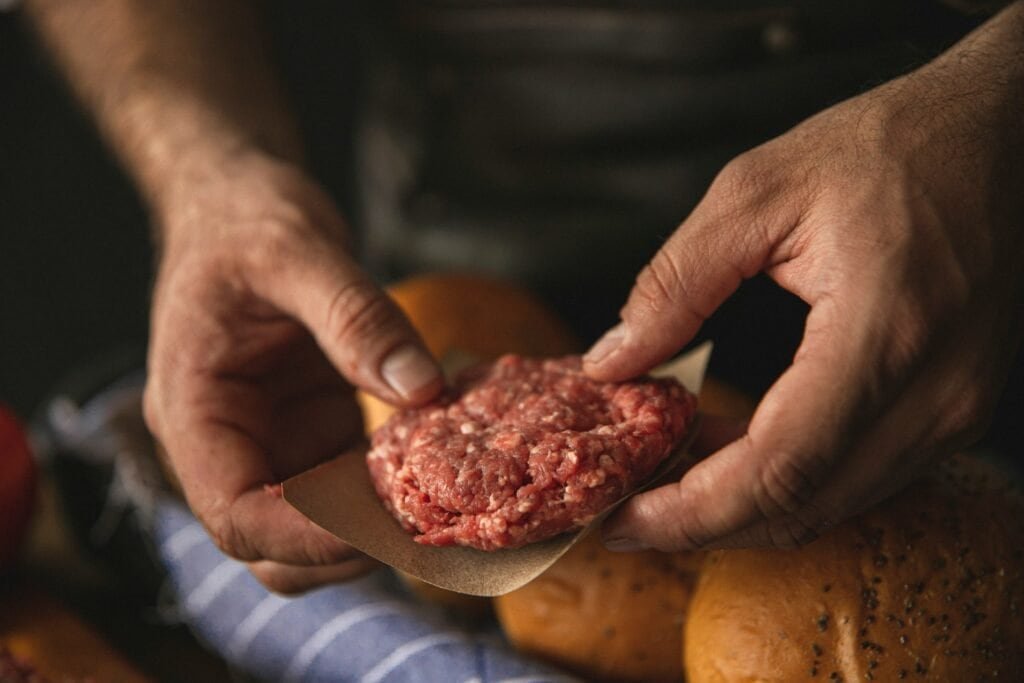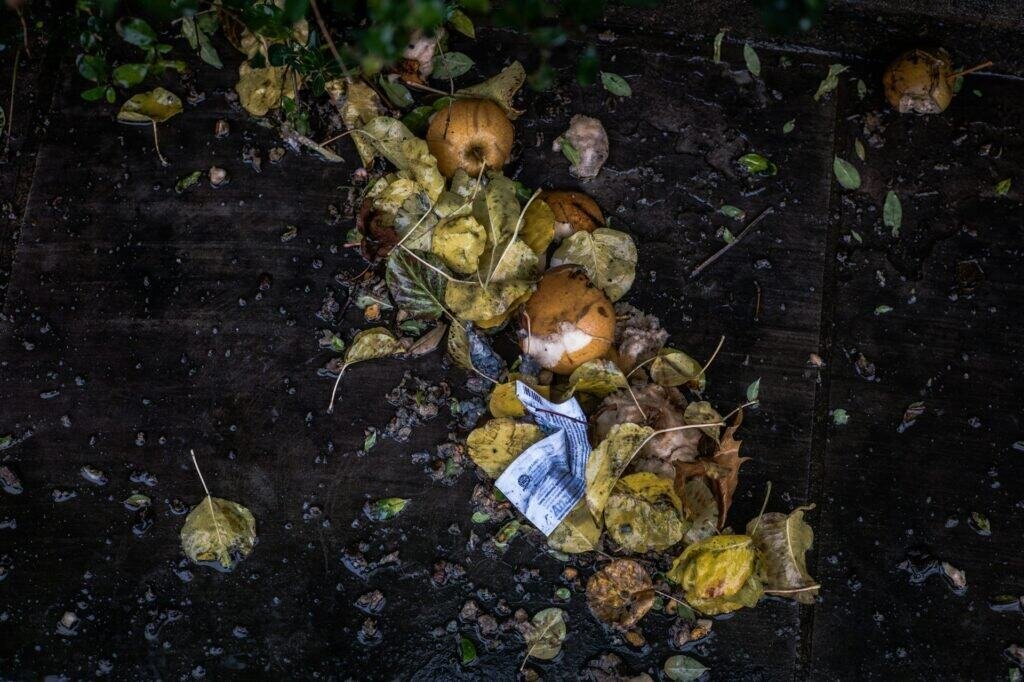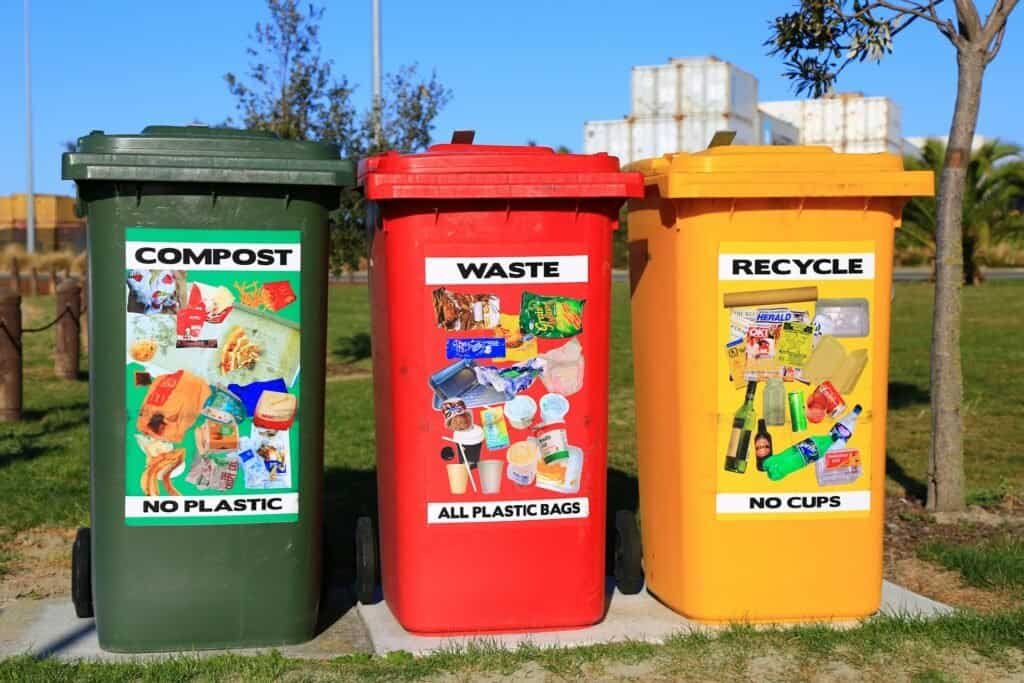For those who eat meat, the dilemma of how to dispose of meat and other animal byproducts in an eco-friendly manner often arises. Composting meat can be a solution, turning food waste into rich soil amendments. However, while composting fruit and vegetable scraps is straightforward, composting meat scraps requires careful consideration and technique to ensure a successful and hygienic outcome.
The Risks of Composting Meat
While composting meat could be a viable method to manage food waste, it is not without its challenges. The risks associated with composting meat include attracting pests, developing unpleasant odors, and the possibility of disease transmission. Understanding these risks is essential for any gardener considering incorporating meat into their composting practices.
Attracting Unwanted Pests to Your Compost Bin
Putting meat in your compost can be like ringing the dinner bell for unwanted pests. From rodents to raccoons, meat can draw a variety of animals to your compost bin, leading to potential infestations and disruptions. These animals are not only a nuisance but can also spread disease and scatter compost materials, undermining the effectiveness of your composting efforts.
It’s important to secure your compost bin with a tight-fitting lid and consider its placement in your yard to minimize the risk of pest attraction. Further strategies to deter pests include layering your meat scraps with brown compost material and maintaining a balanced compost heap that promotes quicker decomposition of organic matter.
Foul Odors Arising from Meat Decomposition
As meat breaks down, it can produce a foul odor that is unwelcome in any backyard. This is due to the release of sulfur-containing compounds and other byproducts during the decomposition process. If the balance of the compost bin is not carefully maintained, these odors can become overpowering and create an unpleasant environment for you and your neighbors.
To combat this, ensuring proper aeration and moisture levels within your compost bin is crucial. A well-aerated compost heap allows aerobic bacteria to thrive, which are more efficient at breaking down meat without producing as many offensive smells. Additionally, covering meat scraps with carbon-rich materials can help to absorb and minimize odors.
Potential for Disease and Contamination
Meat in your compost bin can introduce harmful pathogens that pose a risk to human and plant health. The warm and moist conditions of a traditional compost pile can be an ideal breeding ground for bacteria like Salmonella and E. coli, which can survive in the soil and potentially contaminate your garden produce.
To reduce the risk of disease and contamination, it’s essential to maintain a high temperature in your compost heap that can kill off dangerous pathogens. This requires diligent management of the compost’s moisture, carbon-to-nitrogen ratio, and turning frequency to ensure that the entire pile reaches the necessary temperatures.
Slow Breakdown Process of Animal Proteins
The composting process for animal proteins is more complex and slower than that for plant-based materials. Meat and other animal products are dense and high in protein, which takes longer for microorganisms to decompose compared to simpler structures like those in fruits, vegetables, or even eggshells in traditional compost.
To accelerate the breakdown of animal proteins, your compost pile needs to be hot and active, which demands regular turning and monitoring. Adding a balanced mix of green and brown materials can provide the necessary nitrogen and carbon to support the microbes that break down these challenging proteins efficiently.

Alternative Methods to Compost Meat Safely
Given the challenges, composting meat requires strategies beyond the standard pile or bin. There are several alternative methods to compost meat scraps safely, reducing risks and ensuring a more successful outcome.
Bokashi Composting: An Anaerobic Option
Bokashi composting is an anaerobic process that can handle all types of food scraps, including meat. By using a specialized bokashi bran, rich in beneficial microorganisms, the composting process ferments the waste rather than decomposing it. This method significantly reduces the likelihood of attracting pests and can be done directly in your kitchen, making it a convenient option for urban gardeners.
In bokashi composting, scraps are sealed in an airtight container, where they ferment for several weeks. Once the process is complete, the material can be buried in the garden, where it breaks down quickly and enriches the soil. Bokashi composting is a versatile method that can safely turn meat scraps into valuable compost without the typical drawbacks.
Trench Composting: Direct Soil Integration
Trench composting involves burying food scraps directly into the garden soil, allowing them to decompose in place. This method is especially effective for meat scraps, as it keeps them out of reach from pests and contains any potential odors. The buried material enriches the soil as it breaks down, providing nutrients to nearby plant roots.
By digging a trench or hole at least 12 inches deep, you can deposit meat scraps and then cover them with soil. Over time, the buried scraps will decompose, with the added benefit of minimal disturbance to the composting material. Trench composting is a low-maintenance and safe way to incorporate meat scraps into your garden’s ecosystem.
Specialized Compost Bins Designed for Meat Scraps
For gardeners considering adding meat to their composting routine, specialized compost bins are available that are designed to manage the challenges associated with meat scraps. These bins often have features such as secure lids, robust aeration systems, and insulated walls to maintain higher temperatures, which are crucial for breaking down meat safely.
By selecting a compost bin specifically engineered for the task, you can mitigate the risks of odors, pests, and pathogens. These bins can be an investment in your composting practice, offering peace of mind and the ability to expand the range of materials you compost.
What to Consider Before Adding Meat to Your Compost
Before you decide to add meat to your compost, consider factors such as your composting setup, goals, and the types of food scraps you typically produce. Assess whether the benefits align with your gardening practices and environmental values, and be prepared to implement additional measures to handle meat scraps responsibly.
Assessing Your Composting Setup and Goals
When contemplating the addition of meat to your compost, it’s vital to evaluate your current composting setup. Is your compost bin capable of reaching the high temperatures needed to break down meat safely? Do you have the time and resources to manage a more complex composting process? These are important questions to answer.
Your composting goals will also influence your decision. If you aim to produce high-quality compost for a vegetable garden, adding meat may introduce unnecessary risk. On the other hand, if your goal is to minimize household waste, finding a safe way to compost meat scraps could be a priority. Consider these factors to ensure your composting efforts are effective and align with your gardening objectives.
Exploring Precautions to Avoid Contamination
When adding meat to compost, taking precautions to avoid contamination is crucial. This means implementing strategies such as maintaining the right balance of green and brown materials, ensuring adequate aeration, and keeping the compost at the correct temperature to destroy harmful pathogens.
Regularly turning the compost and monitoring its progress will help to identify any issues early on. It’s also wise to use a thermometer to check the pile’s internal temperature and ensure it remains within the safe range for pathogen destruction. By being proactive about these precautions, you can compost meat scraps with confidence, knowing that you’re minimizing the risk of contamination.
Composting Meat Alternatives: When It’s Possible
Composting meat alternatives, such as dairy products and certain animal byproducts, can be an intermediate step for those not ready to tackle meat composting.
Dairy Products and Their Compostability
While dairy products like cheese, yogurt, and butter can technically be composted, they often attract unwanted pests to the compost bin. These pests, such as rodents and flies, are not only a nuisance but can also spread disease. Additionally, dairy products may introduce unpleasant odors as they decompose, which can make the composting experience less than desirable for home gardeners.
Disposing of Meat Bones in Compost: Yes or No?
Meat bones are considered organic materials, but they pose a significant challenge in a home composting system. They decompose at a much slower rate than plant-based scraps and can linger in your compost pile for years. Additionally, bones from cooked meat and raw meat can harbor pathogens that are harmful to humans, making them a risky addition to a compost pile that will be used to grow food. Moreover, rotting meat and bones can produce a foul odor, which is likely to attract flies and other pests.
Fish Remains: Assessing Their Place in Compost
Fish remains, including bones, scales, and innards, can be composted and provide rich nutrients to the soil. However, they come with similar concerns as other animal products. The decomposing meat of fish is particularly prone to producing strong odors and attracting pests. It’s crucial to bury fish remains deeply in the compost pile to deter animals and minimize smells.
Alternatively, some gardeners prefer to use fish remains directly in the garden through trench composting, where the remains are buried in trenches and allowed to decompose, feeding the soil as they break down. This method can be more direct and less likely to cause issues with pests if done correctly, but it still requires careful management to avoid the problems associated with composting animal products.
Why Some Experts Advise Against Composting Animal Products
Many experts caution against composting animal products, including meat and dairy, due to the increased risk of attracting unwanted pests and the potential for disease and contamination. Animal products can also slow down the composting process because they take longer to break down compared to plant-based materials. Moreover, the decomposition of animal products can emit strong odors, making the composting process unpleasant for the gardener and neighbors alike.
Another concern is that home composting systems may not reach temperatures high enough to kill pathogens present in animal products. This can lead to the spread of bacteria like Salmonella and E. coli, which are hazardous to human health. For these reasons, many recommend keeping meat, bones, dairy, and other animal-derived products out of the compost bin and exploring alternative disposal methods.

Step-by-Step Guide to Composting Meat the Right Way
Composting meat requires careful consideration to avoid issues such as pests, odors, and pathogens. Here is an introductory guide to composting meat safely:
- Bokashi Composting: Start with a Bokashi bin, which uses a specific anaerobic process to break down meat without attracting pests or emitting foul odors.
- Balance Your Greens and Browns: If adding meat to a traditional compost pile, balance it with carbon-rich materials, like dried leaves or paper, to offset the nitrogen in the meat.
- Deep Burial: Bury meat scraps deep within your compost pile to discourage pests from digging them up and to contain any odors that may arise from the decomposing meat.
- Monitor Temperature: Ensure your compost pile reaches a temperature between 135-160°F (57-71°C) to kill any pathogens that might be present in the meat scraps.
- Maintenance: Turn your compost regularly to aerate it and check for any issues, such as lingering odors or signs of pests.
- Assess the End Product: Before using your compost, ensure that all meat has fully decomposed and that the compost looks, smells, and feels like rich, dark soil.
By following these steps, you can safely incorporate meat into your composting routine, though it is generally recommended for experienced composters due to the increased level of management required.
Conclusion
In navigated the complexities of composting, one thing is clear: putting meat into your compost bin is not a straightforward task. It requires a nuanced understanding of the risks and appropriate techniques to ensure a safe and efficient decomposition process. For home gardeners, the decision to compost meat should be weighed carefully, considering factors such as the potential for pests, odors, and disease, as well as the type of composting system in place.
Ultimately, for those dedicated to sustainable practices, exploring alternative methods and reducing meat waste at the source may offer the most eco-friendly solutions. By thoughtfully managing meat disposal, gardeners can contribute to a greener future, one that respects the delicate balance of our ecosystem while nurturing the soil that feeds us.


